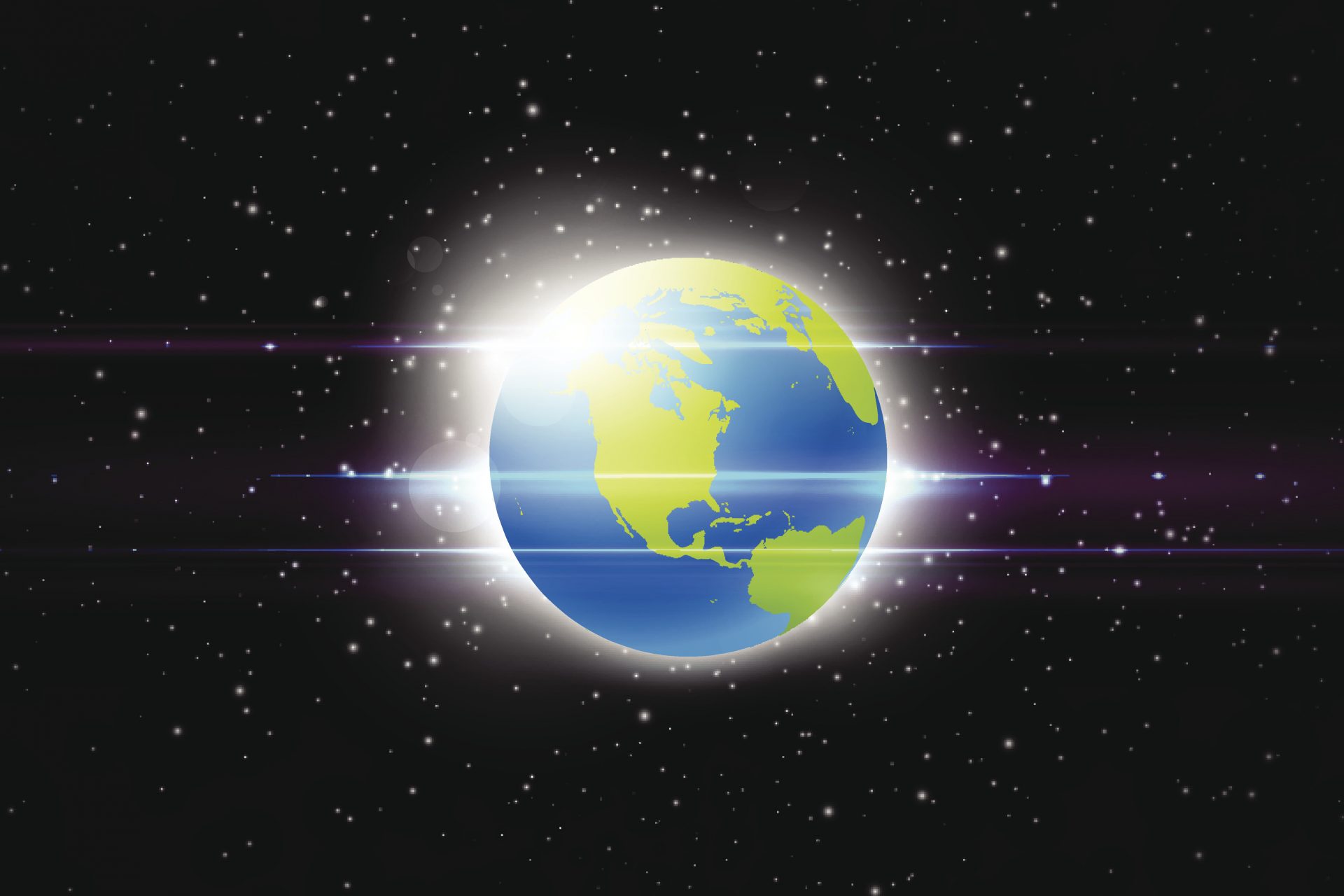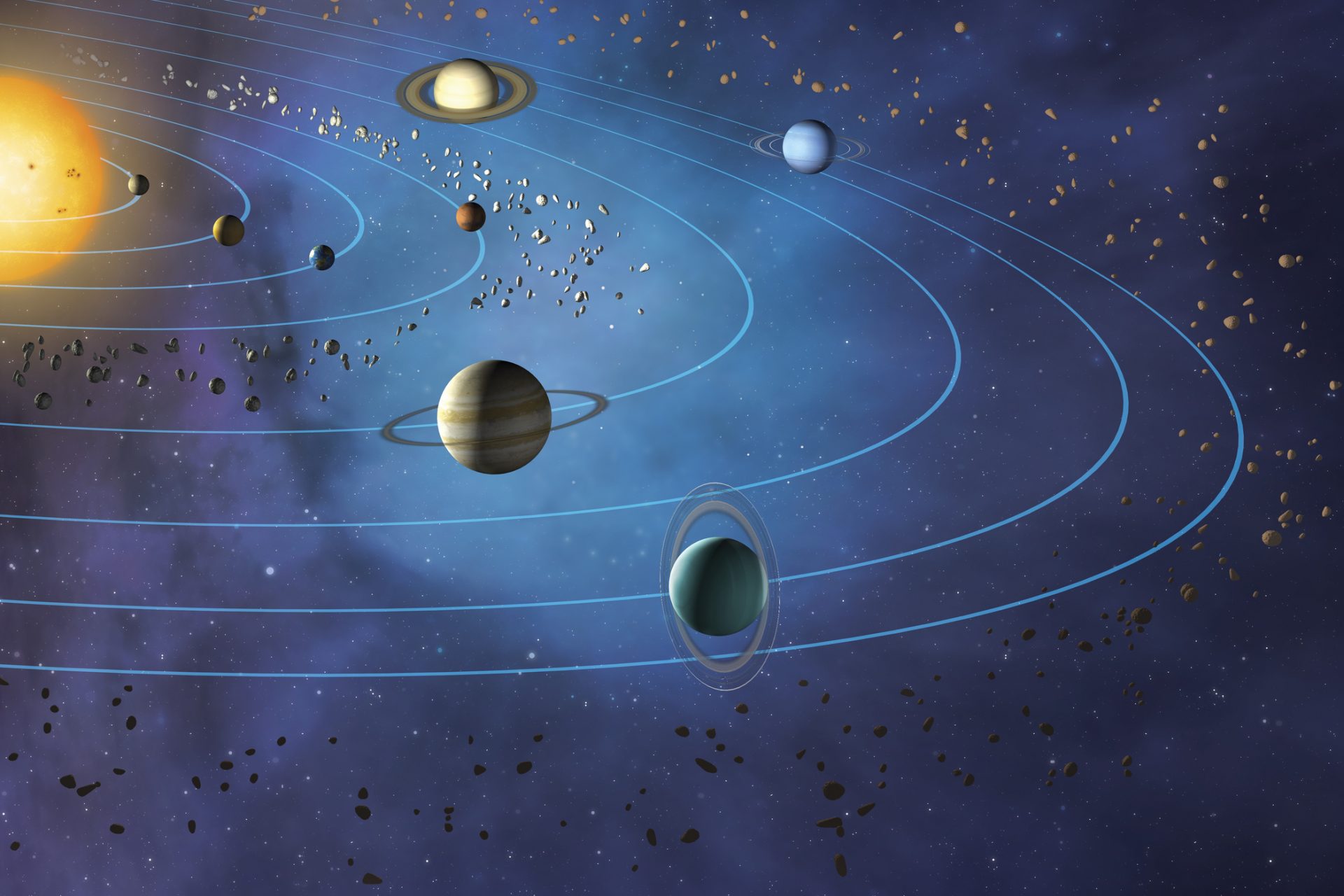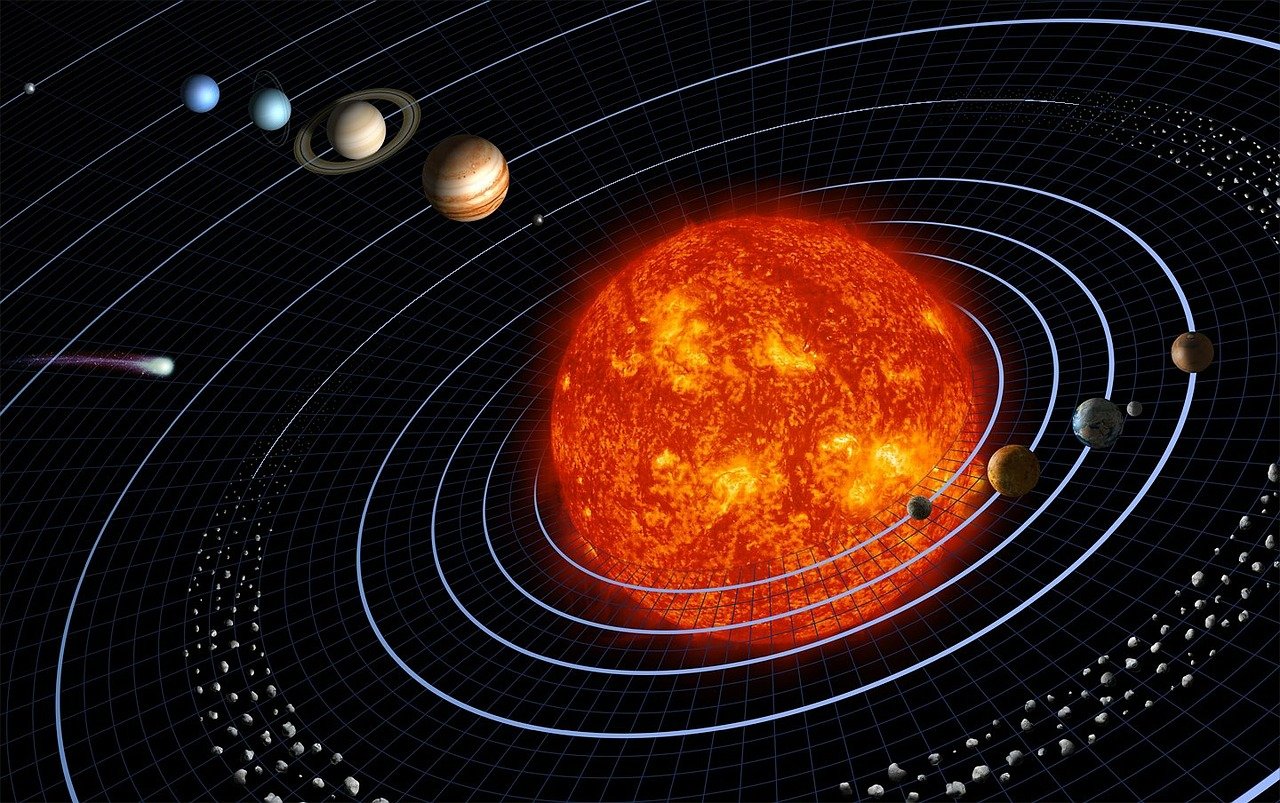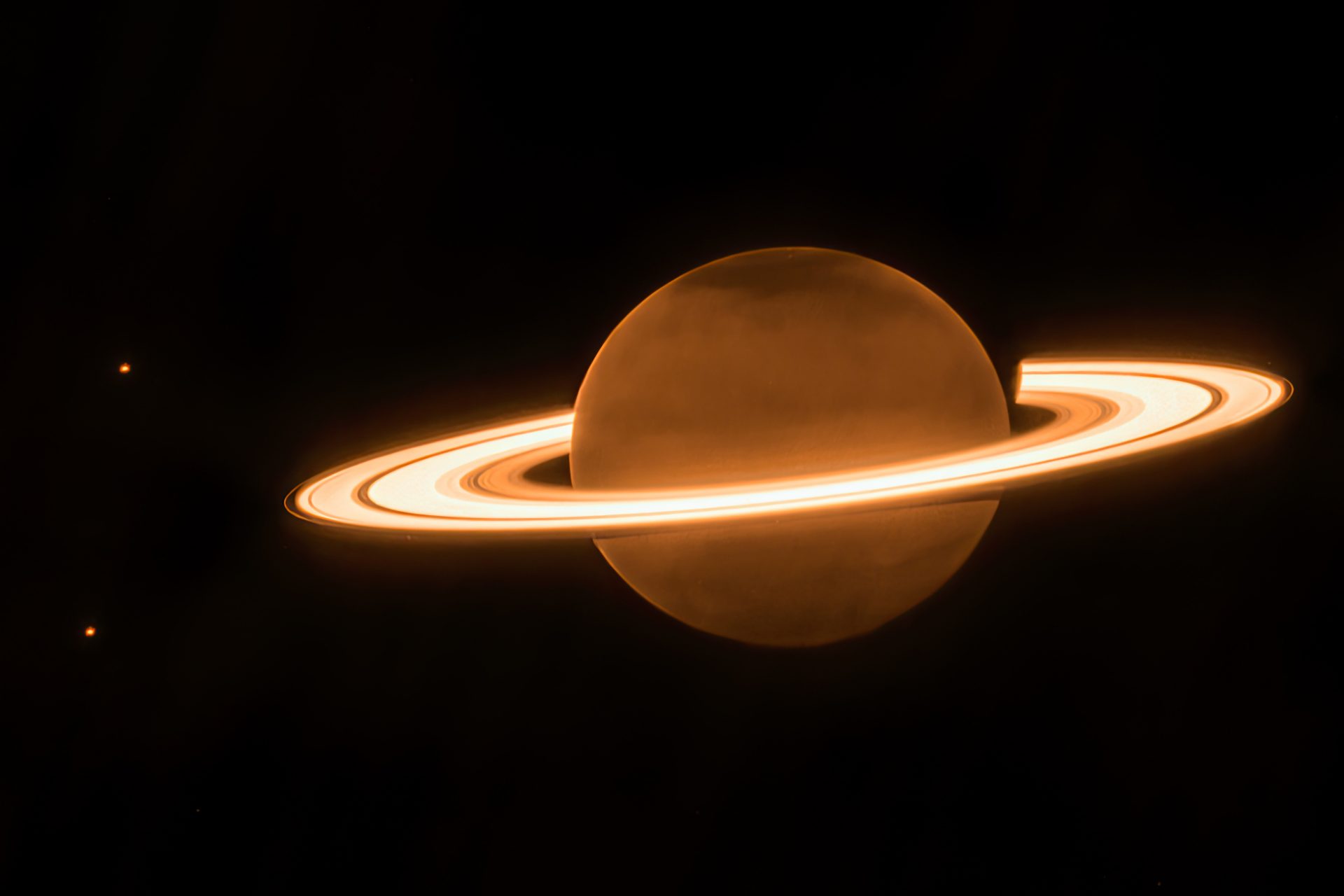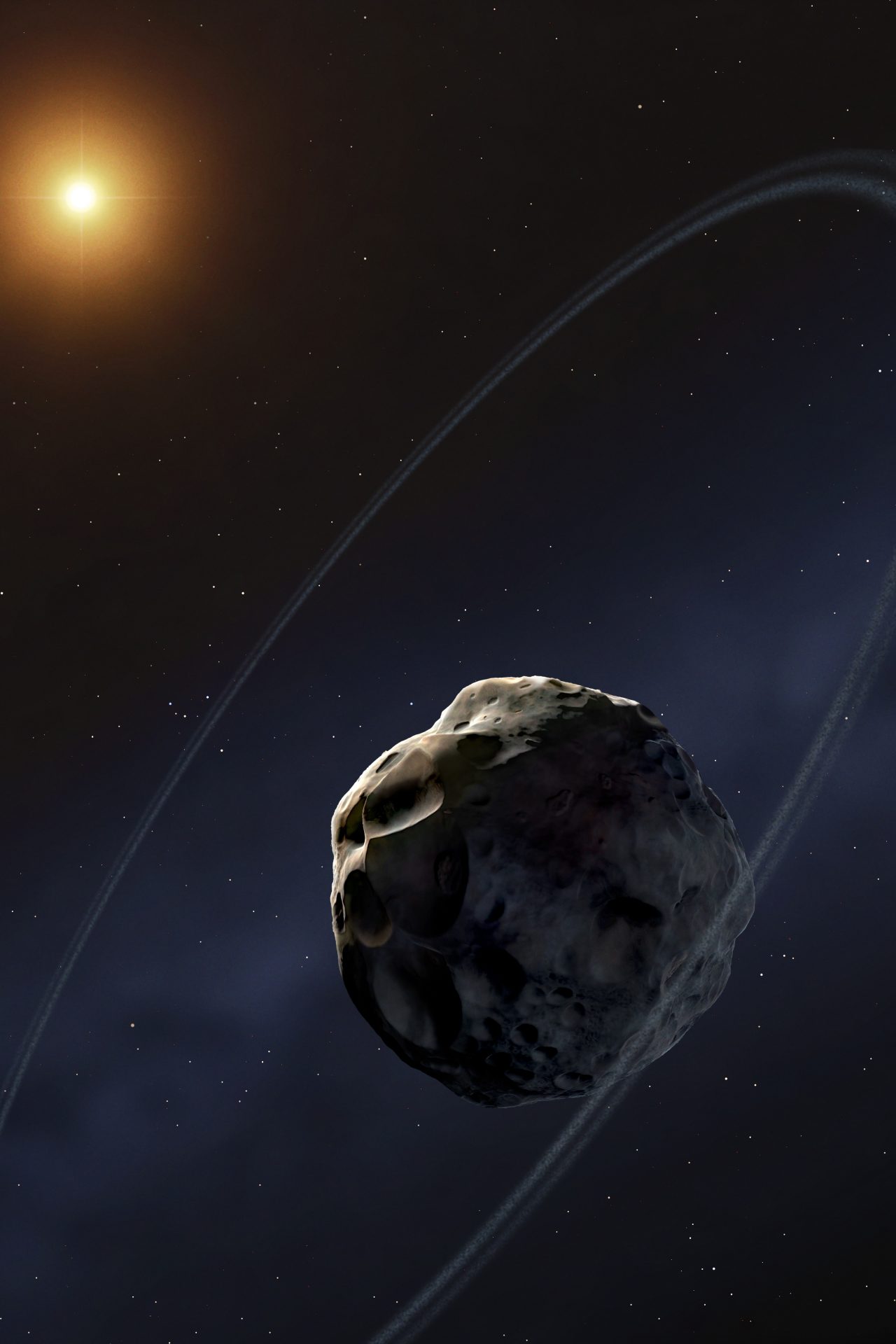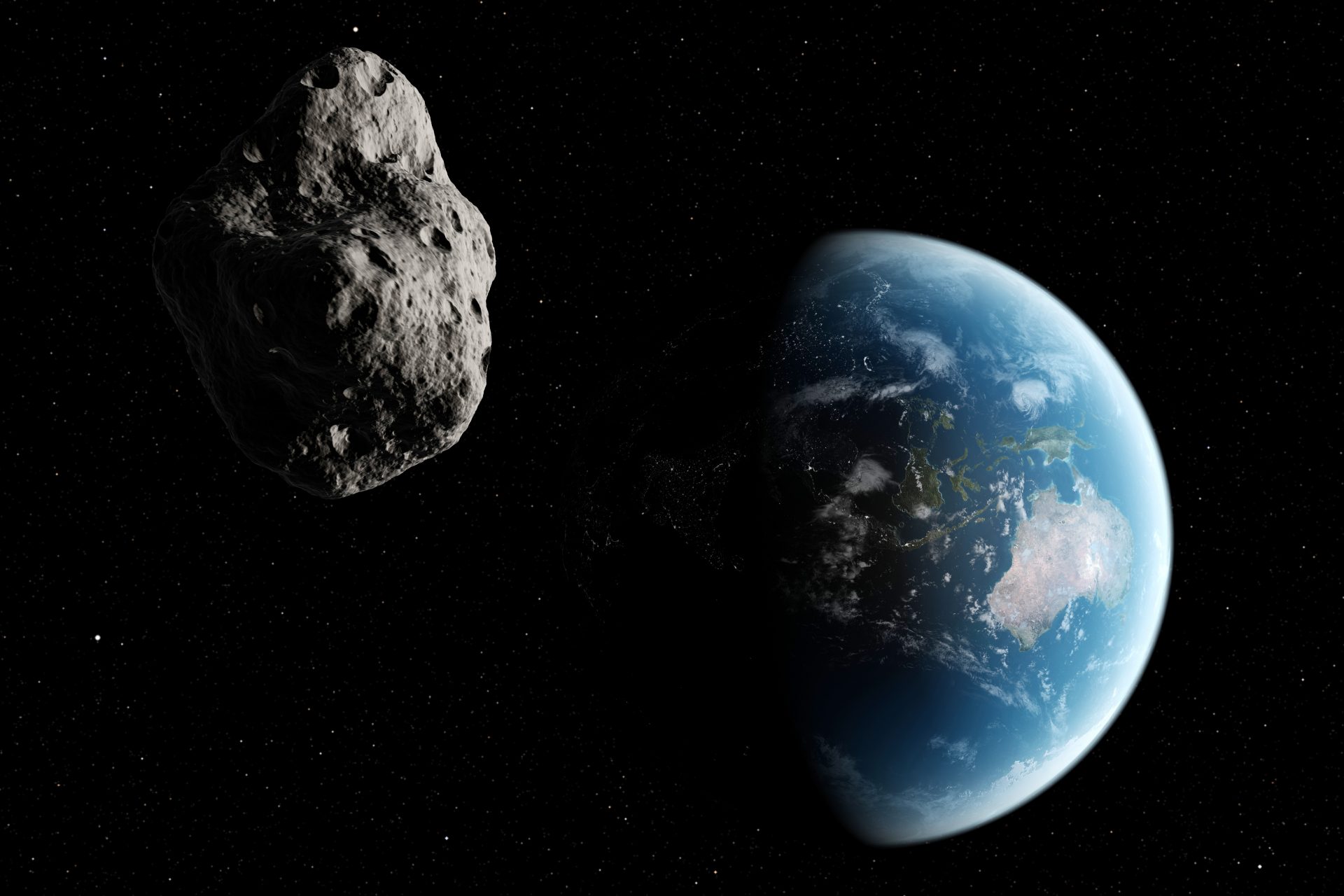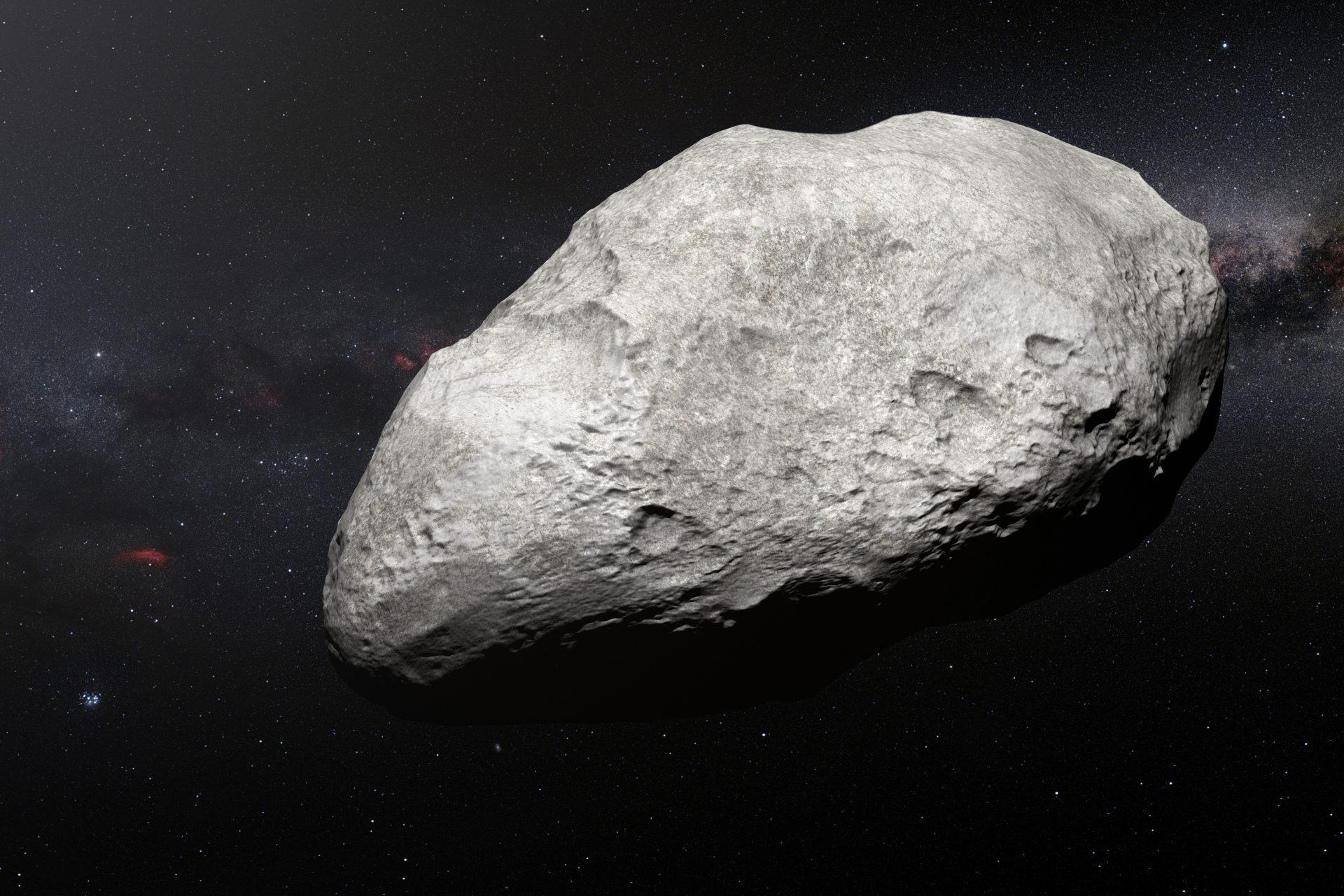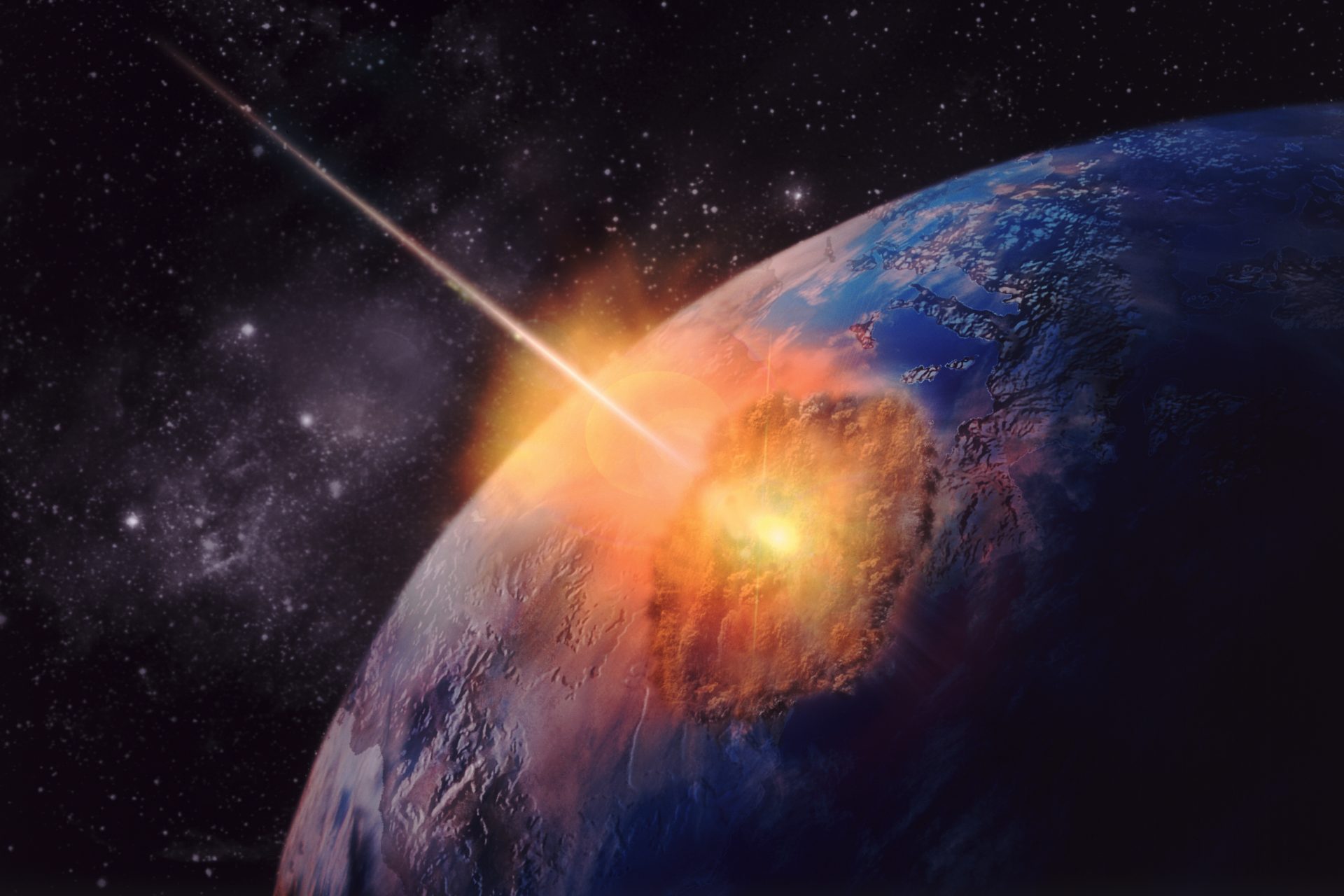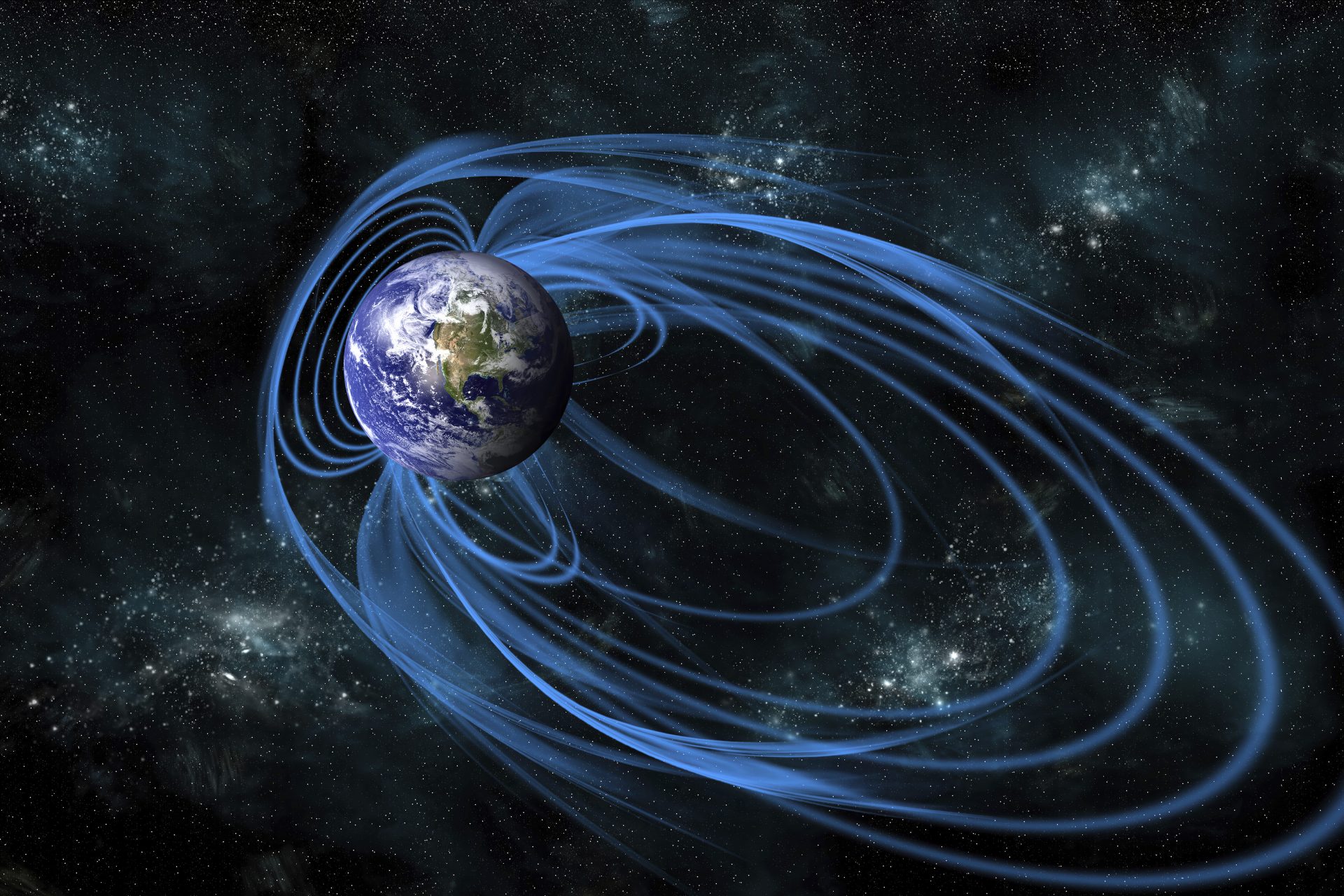What are planetary rings and why doesn’t Earth have them?
Why doesn't Earth have rings like Saturn, Jupiter, Uranus, and Neptune? What would be the consequences if it did? And most importantly, did it ever have rings? In this gallery, we'll address these and other fascinating mysteries about our planet.
The Earth does not have rings for several reasons, including its composition, proximity to the Sun and the influence of the Moon. In fact, the formation of rings around solid planets like ours requires specific and very particular conditions.
Our planet lies within the so-called "frost line," a distance from the Sun where there is enough heat to vaporize ice (which makes up much of Saturn's rings), as Universe Today reports.
Credit: Pixabay
Planetary rings are structures made of fragments of ice, dust, and rock that orbit the planet itself. They are most common around gas giants (such as Saturn, Jupiter, Uranus, and Neptune), whose gravitational fields are strong and can hold debris in a stable orbit.
Until a few years ago, the scientific community thought that the formation of these fascinating disks could only be reserved for gas planets. But the detection of two rings around the centaur asteroid Chariklo, discovered in 1997, has raised numerous doubts about this.
According to the Earth Sky website, it is likely that Earth once had a ring system. This is what researchers from Monash University in Australia said in a study published in September 2024.
The study's researchers hypothesize that about 466 million years ago, a large asteroid passed close to Earth within the Roche limit, which is "the minimum distance a smaller body can approach a larger primary body without tidal forces overriding the internal gravity holding the fragments together," according to Earth Sky.
In other words, if the smaller body gets too close, it gets broken up. In this case, the Earth's gravitational force shattered the asteroid, whose debris would have started to orbit the planet, giving rise, according to the researchers, to a ring or a series of orbital rings.
According to the research team quoted by Earth Sky: "Over millions of years, material from this ring gradually fell to Earth, creating the spike in meteorite impacts observed in the geologic record. We also observe that sedimentary rock layers from this period contain extraordinary amounts of meteorite debris."
This image reflects what might have happened 449 million years ago. But what would the impact be if Earth still had its rings?
According to Universe Today, if Earth had a ring system today, the sky would look very different than we are used to: near the equator, the rings would appear as a bright line on the horizon, while further north or south the rings would appear larger, covering much of the sky.
Any rings around the Earth would also affect the climate, as they would block some of the sunlight, causing a reduction in photosynthesis in plants and a significant impact on the behavior of animals, according to the website Astrobitacora.
Additionally, climate change could lead to colder winters and potentially warmer summers, depending on the structure of the rings.
The rings could also interfere with space missions and satellite launches, becoming an obstacle to communications and astronomical observations, Universe Today points out.
Additionally, the rings' high reflectivity at night would cause increased illumination, altering the behavior of dark-adapted animal species, according to Astrobitacora.
Although we may find the image of our planet surrounded by bright rings fascinating, the impacts of the Earth having them would be significant; so all in all, it’s a good thing our planet is ring-less.
More for you
Top Stories



